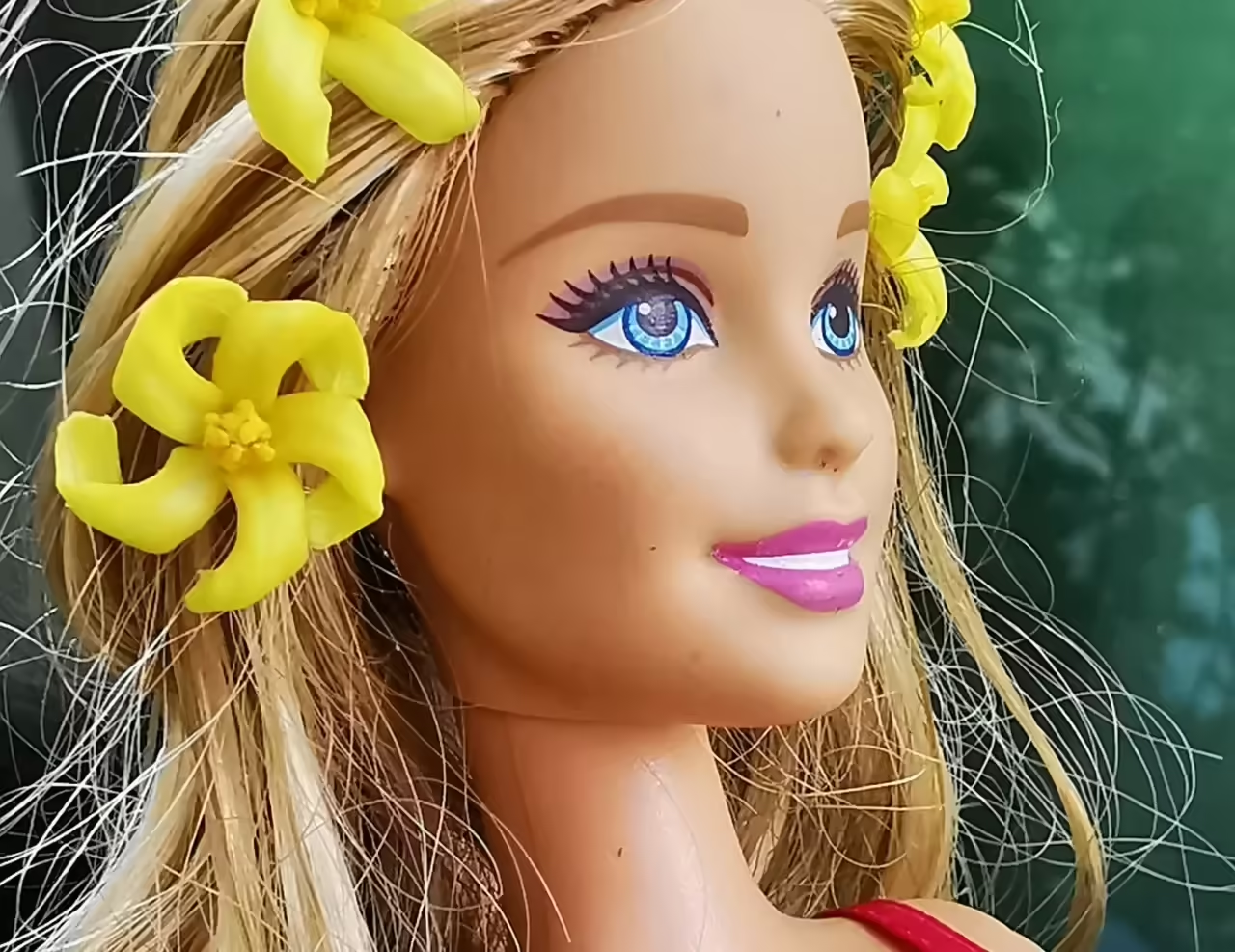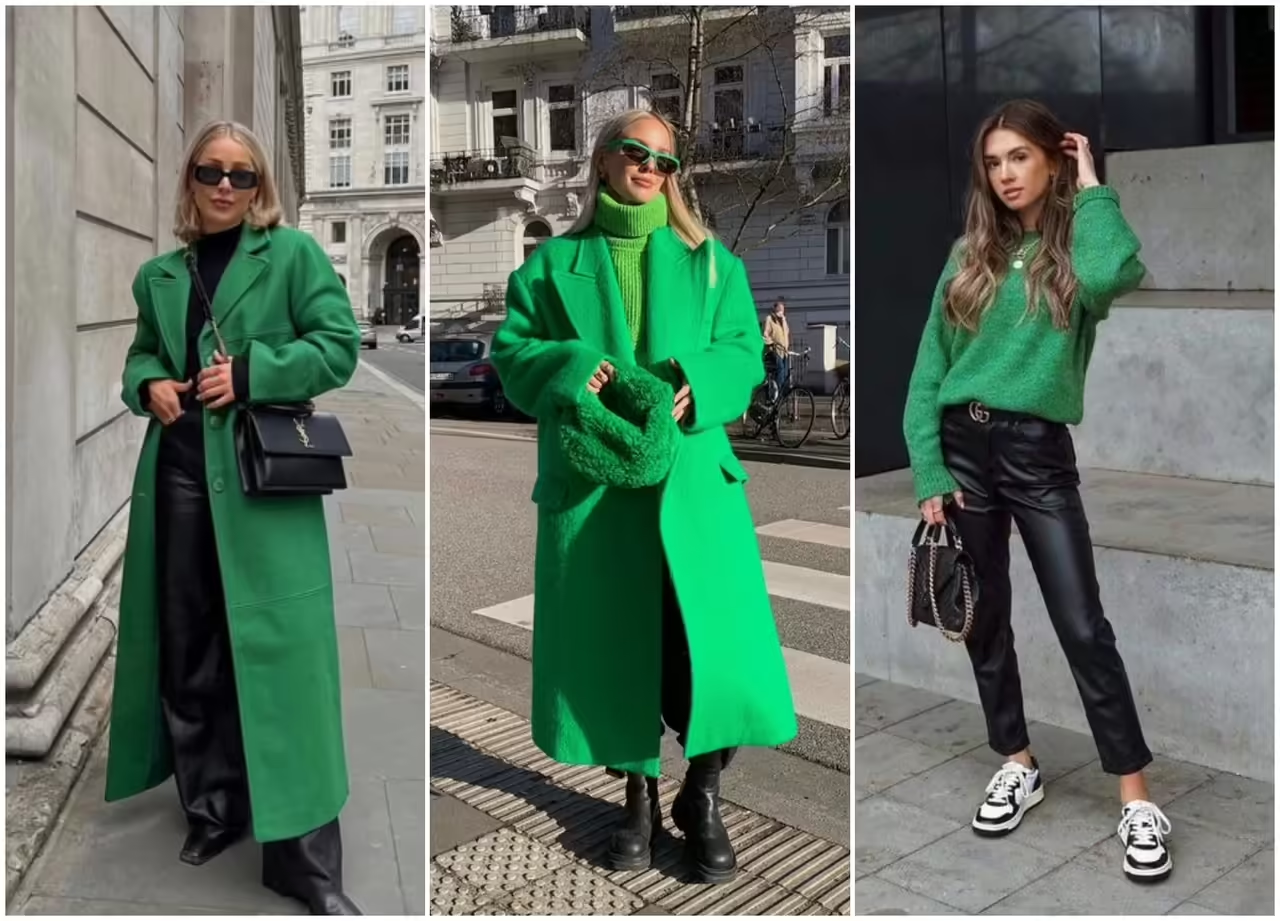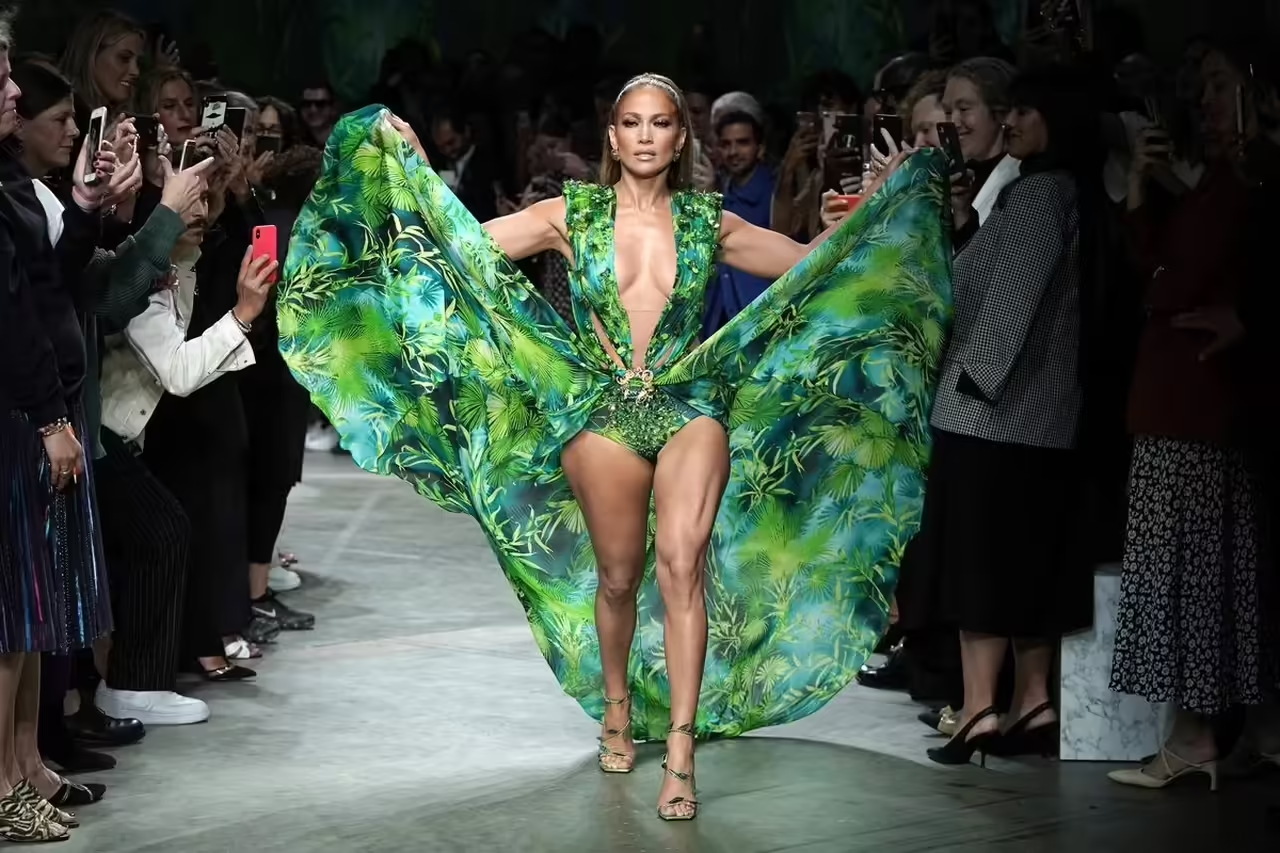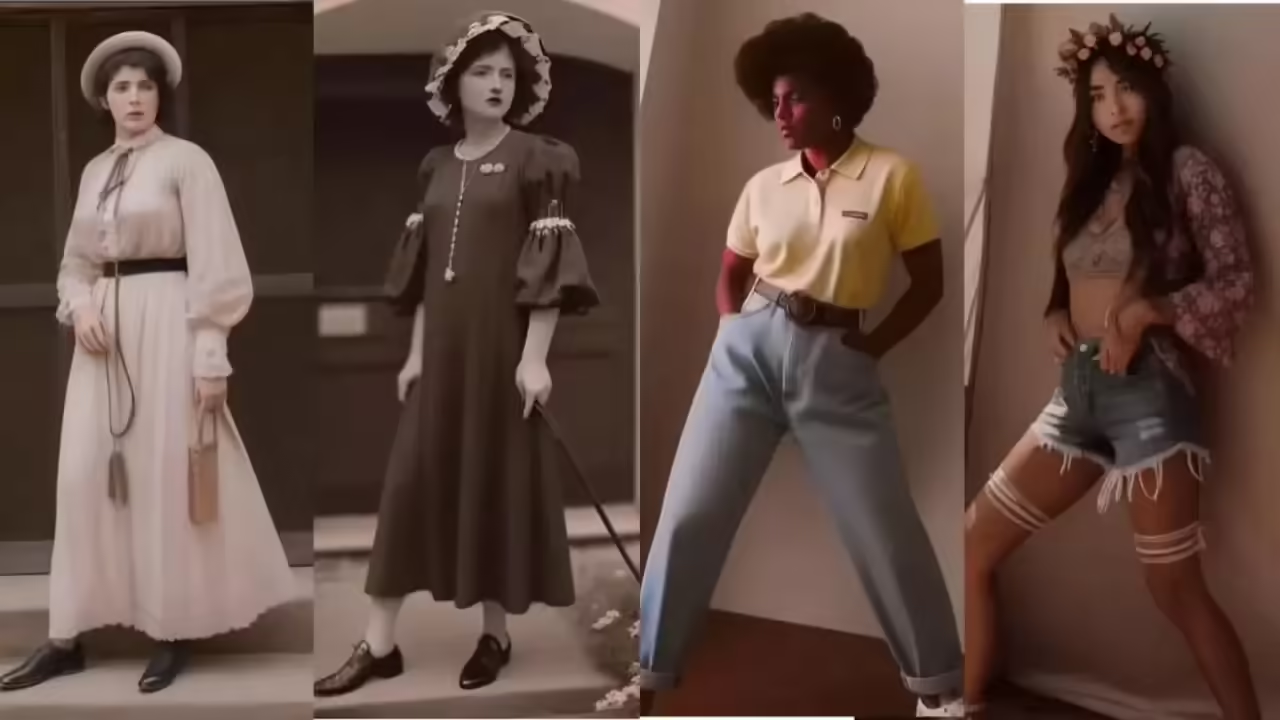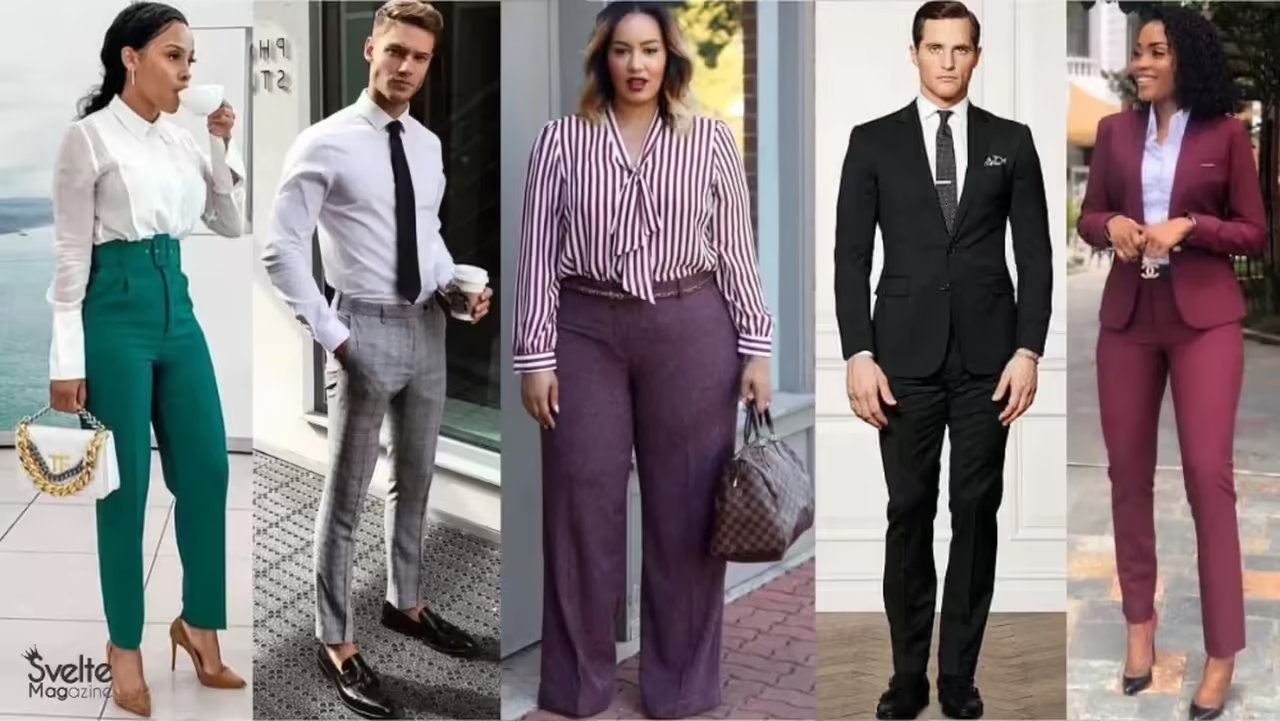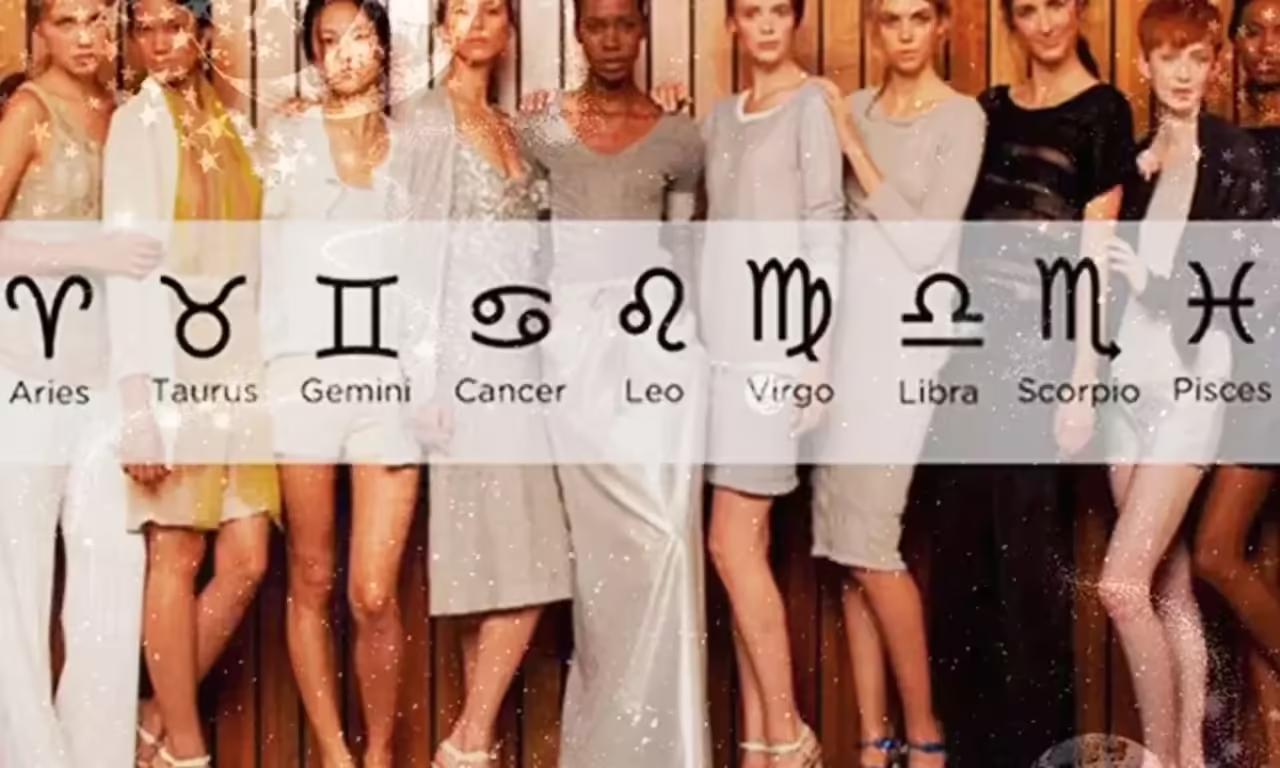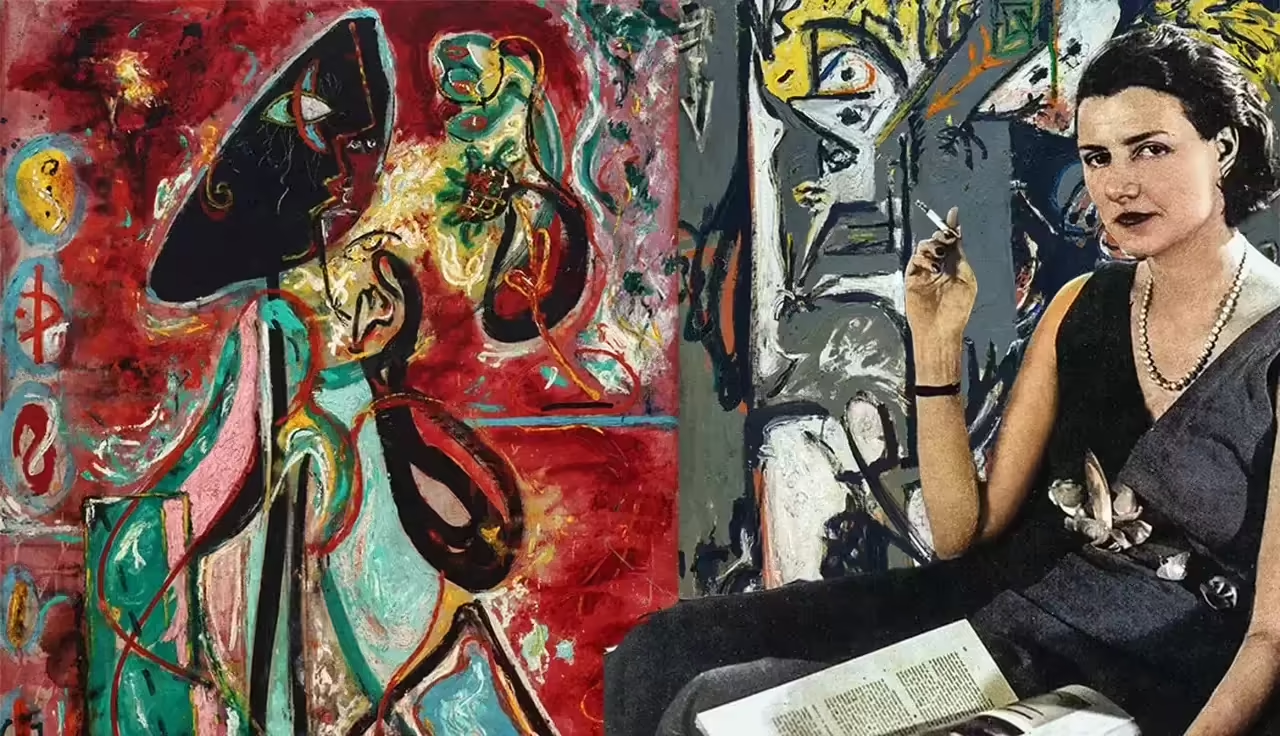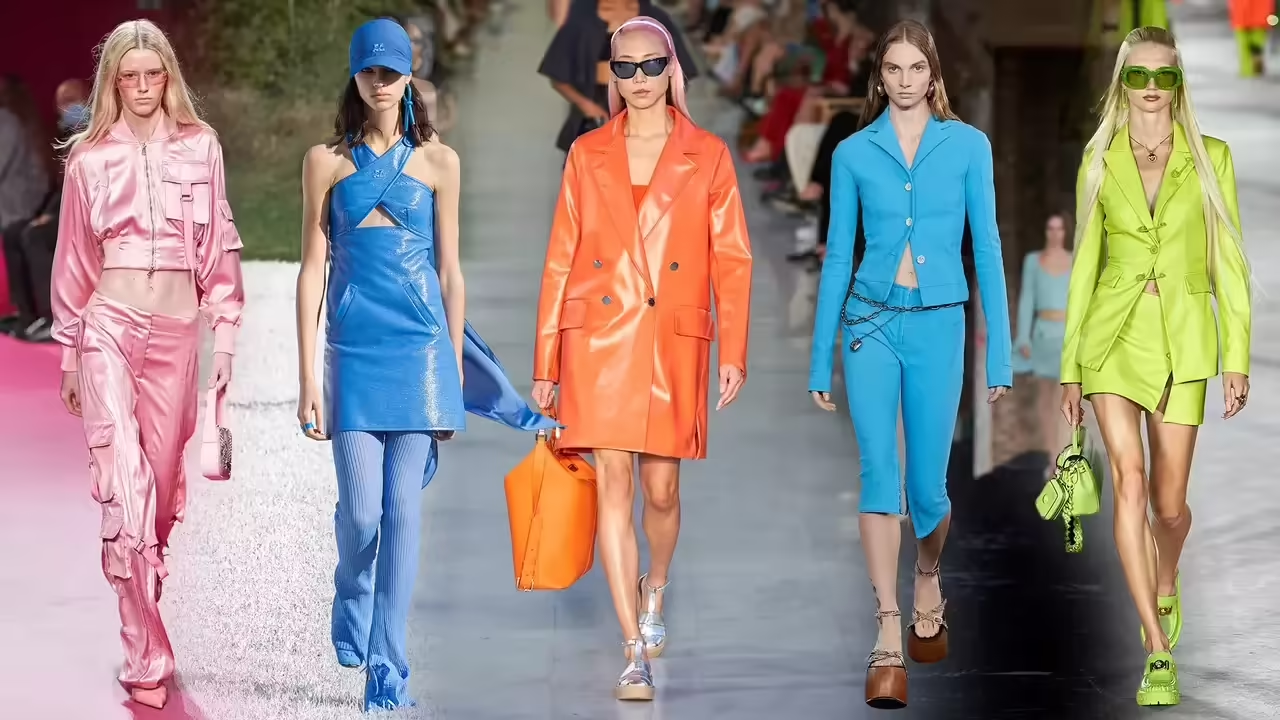
Fashion is an ever-evolving art that allows individuals to express their uniqueness through clothing. In this vast world of possibilities, monochromatic looks have emerged as a timeless trend known for their elegance and simplicity. These ensembles, featuring garments in the same color or very similar shades, have conquered runways, streets, and wardrobes, becoming a versatile and sophisticated choice for those seeking a timeless style.
What Are Monochromatic Looks?
Monochromatic looks are outfits where all garments share the same color or belong to the same chromatic range. This minimalist approach goes beyond merely coordinating shades; it involves choosing garments that share a color palette, creating a unique visual harmony. From footwear to accessories, each element contributes to the aesthetic cohesion of the ensemble, providing a polished and well-thought-out appearance.
Popularity of Monochromatic Looks in Fashion
The popularity of monochromatic looks is based on their ability to offer striking style with a straightforward approach. These ensembles are not only visually appealing but also offer numerous benefits to those who adopt them. Firstly, opting for a single color creates a vertical focal point that elongates the figure, providing a slimmer and more stylized appearance.
Moreover, monochromatic looks are an excellent choice for those aiming to convey effortless elegance and sophistication. Coordinating tones allows the details and textures of the garments to take center stage, giving each piece the attention it deserves. This simplicity also facilitates mixing and matching garments, making it easier to create impeccable outfits without spending too much time on clothing selection.
Versatility for Every Occasion
Versatility is another key reason behind the growing popularity of monochromatic looks. Whether for a formal or casual occasion, these ensembles effortlessly adapt to different settings. A monochromatic suit in dark tones may be the perfect choice for a business meeting, while a pastel-toned ensemble could be ideal for a casual afternoon or a outing with friends.
Additionally, versatility extends to the variety of available colors. From classic black and white to more vibrant hues like red or blue, the palette of options is extensive, allowing each individual to find the tone that best suits their personality and style.
Advantages of Monochromatic Looks: Elegance and Versatility for Everyone
Monochromatic looks are not just a continuously growing trend; they also offer a series of advantages that make them a smart choice for all occasions. From their versatility to their ability to enhance personal image, these minimalist ensembles have won the hearts of those seeking sophisticated and uncomplicated style.
Versatility for All Body Types
One of the main advantages of monochromatic looks is their ability to adapt to and flatter different body types. By using a single color or similar tones, these ensembles create a vertical line that elongates the figure, providing a more stylized appearance. This is particularly beneficial for those who want to highlight their best features and feel more confident in their appearance.
Furthermore, monochromatic looks allow for playing with proportions and adjusting the emphasis on different areas of the body. For example, a skirt and blouse in the same color can create visual continuity that flatters the silhouette, while a complete outfit in dark tones can provide a sleek and uniform appearance.
Simplicity and Elegance for Personal Image
Another key advantage of monochromatic looks lies in the simplicity and elegance they bring to personal image. By opting for a single color, the need to coordinate different shades is eliminated, simplifying the dressing process without sacrificing style. This simplicity not only saves time but also reduces the stress associated with daily clothing choices.
The inherent elegance of monochromatic looks lies in the attention to detail and the textures of the garments. By not competing with a variety of bold colors, individual elements of the outfit can stand out, creating a harmonious and polished ensemble. This attention to the quality of garments contributes to a more refined and well-groomed personal image.
Adaptability to Different Occasions
Monochromatic looks are like a blank canvas that adapts to various occasions. From formal meetings to casual events, these ensembles can be customized for any situation. A monochromatic suit in neutral tones may be perfect for the professional setting, while an ensemble in brighter colors can add a touch of freshness and fun to a casual outing.
This adaptability to different contexts makes monochromatic looks a valuable option for the wardrobe, as they reduce the need for specific outfits for each occasion. With just a few changes in accessories or footwear choice, a monochromatic look can easily transform from formal to casual.
Choosing the Right Color: Guide to Stunning Monochromatic Looks
Choosing the color in a monochromatic look is not only a matter of personal preference but also about how the selected shade fits the occasion and skin tone. To achieve a stunning and flattering ensemble, it is crucial to consider various factors, from color psychology to visual perception. Here are some tips to help you choose the right color for your monochromatic looks.
Consider the Occasion:
The occasion’s context plays a fundamental role in choosing the color. For formal or professional events, neutral tones like black, gray, or white can convey elegance and seriousness. In more informal situations, such as outings with friends or casual events, you can opt for brighter and more cheerful colors, such as electric blue, emerald green, or intense red. Ensure that the selected color is appropriate for the occasion and atmosphere.
Analyze Your Skin Tone:
Color choice should take into account your skin tone. Some shades can enhance the luminosity and vitality of the skin, while others may make it appear dull. Individuals with warm skin tones, like yellows and peaches, may opt for earth tones and warm shades, such as terracotta or mustard. Those with cooler skin tones, like blues and pinks, may favor cool colors, such as navy blues or silver grays. Experiment with different shades to discover which ones enhance your skin tone.
Explore Color Psychology:
Color psychology plays a crucial role in visual perception and how we feel about an ensemble. Some colors can convey confidence, while others evoke calmness or energy. For example, blue is associated with tranquility and confidence, red with passion and energy, and green with freshness and nature. Consider the message you want to convey and choose a color that aligns with that emotion.
Play with Shades:
Within a color, there is a wide range of shades and tones. Don’t limit yourself to a single shade; experiment with variations to add visual interest to your ensemble. You can combine lighter and darker tones of the same color to create contrast and depth. This technique can be especially effective in monochromatic looks, as it adds visual richness without compromising the simplicity of the approach.
Balance with Accessories:
Accessories can be your allies in balancing a monochromatic look. If you choose an intense color, consider accessories in neutral tones to avoid saturating the ensemble. On the other hand, if you opt for a softer tone, accessories in brighter colors can add a touch of vitality to the ensemble.
Textures and Fabrics: Elevating Monochromatic Aesthetics with Variety and Style
In the pursuit of striking and visually appealing monochromatic looks, the incorporation of a variety of textures and fabrics is key. Beyond color, the combination of different materials adds depth, visual interest, and a touch of luxury to your ensemble. Here, we explore the importance of texture variety in monochromatic looks and offer suggestions on fabrics that can enhance this minimalist aesthetic with elegance.
Variety of Textures:
Texture variety in a monochromatic look is essential to prevent the ensemble from appearing flat or monotonous. By mixing fabrics with different degrees of opacity, shine, and touch, a play of contrasts is created, providing dimension and sophistication. For instance, you can pair a silk blouse with linen pants to strike a balance between softness and lightness, or incorporate a chunky knit sweater with a leather skirt to contrast warmth and rigidity.
Fabrics That Enhance the Monochromatic Aesthetic:
Silk: A luxurious fabric that adds elegance and softness to any monochromatic ensemble. Ideal for formal occasions, a silk blouse or dress can provide a touch of glamour and refinement.
Leather: If you’re aiming for a bolder and contemporary aesthetic, leather is an excellent choice. A leather jacket or skirt can add a touch of rebellion and structure to your look.
Linen: Perfect for summer looks, linen brings lightness and breathability. Combine a linen T-shirt with pants in the same tone for a fresh and relaxed ensemble.
Cotton: A versatile fabric that can adapt to various seasons. A cotton dress or shirt can be comfortable and stylish options for daytime looks.
Knitwear: Knit fabrics, whether sweaters or dresses, add a cozy and casual texture. Perfect for winter looks or more relaxed settings, knitwear can soften the overall aesthetic.
Velvet: Bringing a touch of opulence, velvet is ideal for more elegant and formal events. A monochromatic velvet dress or jacket can be a sophisticated choice.
Layers and Accessories:
In addition to playing with the textures of main garments, layers and accessories also play a crucial role. A coat with contrasting texture, a knitted scarf, or leather shoes can complement the look, adding more visual layers and depth.
Accessories that Complement: Details that Stand Out in Monochromatic Looks
When it comes to monochromatic looks, accessories play a crucial role in adding a distinctive touch and personality to the ensemble. Beyond the main color, accessories are key to accentuating and complementing, turning a simple look into a style statement. Here’s how to choose accessories that enhance your monochromatic ensemble and the importance of details in bringing your style to life.
Play with Proportion:
The choice of accessories is not just about the type of pieces but also about the right proportion. If your monochromatic look is more minimalist, opt for more striking and voluminous accessories, such as a statement necklace or long earrings. Conversely, if your ensemble is already detailed, opt for more subtle accessories to avoid overwhelming the look.
Contrast of Textures:
Like the variety of textures in garments, accessories can add contrast through different materials. If your ensemble is predominantly soft, such as silk or cotton, you can incorporate leather or metal accessories for a bolder touch. On the other hand, if your look has thicker textures, finer and delicate accessories can balance the aesthetic.
Metallic Tones:
Metallic tones are valuable allies in monochromatic looks. If your ensemble is warm-toned, such as beige or terracotta, gold accessories can bring warmth and luminosity. For cooler tones like blues or grays, silver accessories can add a touch of freshness and modernity.
Bags and Footwear:
Bags and footwear are essential elements that can completely transform a look. Opt for bags and shoes that complement the main tone of your ensemble, but don’t be afraid to play with unique details. A structured bag or shoes with eye-catching details can be the perfect focal point.
Personalized Jewelry:
Personalized or meaningfully significant jewelry adds a unique touch to any monochromatic ensemble. From charm bracelets to rings with significant stones, these accessories not only enhance your style but also tell a personal story.
Scarves and Shawls:
For simpler looks, a scarf or shawl can be the perfect accessory to add a touch of color and texture. You can opt for complementary or contrasting colors, depending on your preference and the overall aesthetic of the ensemble.
The Importance of Details:
In a monochromatic look, details are key to bringing it to life and adding personality to the ensemble. Accessories not only complement but also highlight specific aspects of the look, making them crucial pieces in creating a distinctive style.
